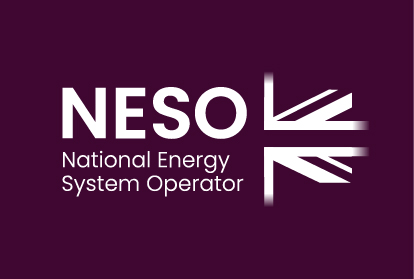
Data and Digitalisation - Discovery Continuity
- Status:
- Complete
- Project Reference Number:
- NIA_SPEN_0067
- STRATEGY THEME:
-
- Optimised assets and practices
- START DATE:
- END DATE:
Project summary
- Funding mechanism:
-
- NIA_RIIO-2
- Technology:
-
- Comms and IT
- Modelling
- Network Monitoring
- Expenditure:
- £450,000
Summary
Learnings
Documents
Similar projects
Detection and prevention of formation of Islands via SCADA..
Start date:
End date:
Status:
Complete
Technology:
- Network Monitoring
- Comms and IT
Funding mechanism:
- Network Innovation Allowance

Combined On-line Transformer Monitoring.
Start date:
End date:
Status:
Complete
Technology:
- Network Monitoring
- Comms and IT
- Transformers
Funding mechanism:
- Network Innovation Allowance

Data-Driven Online Monitoring and Early Warning for GB System Stability (DOME) .
Start date:
End date:
Status:
Complete
Technology:
- Modelling
- Network Monitoring
Funding mechanism:
- NIA_RIIO-2

